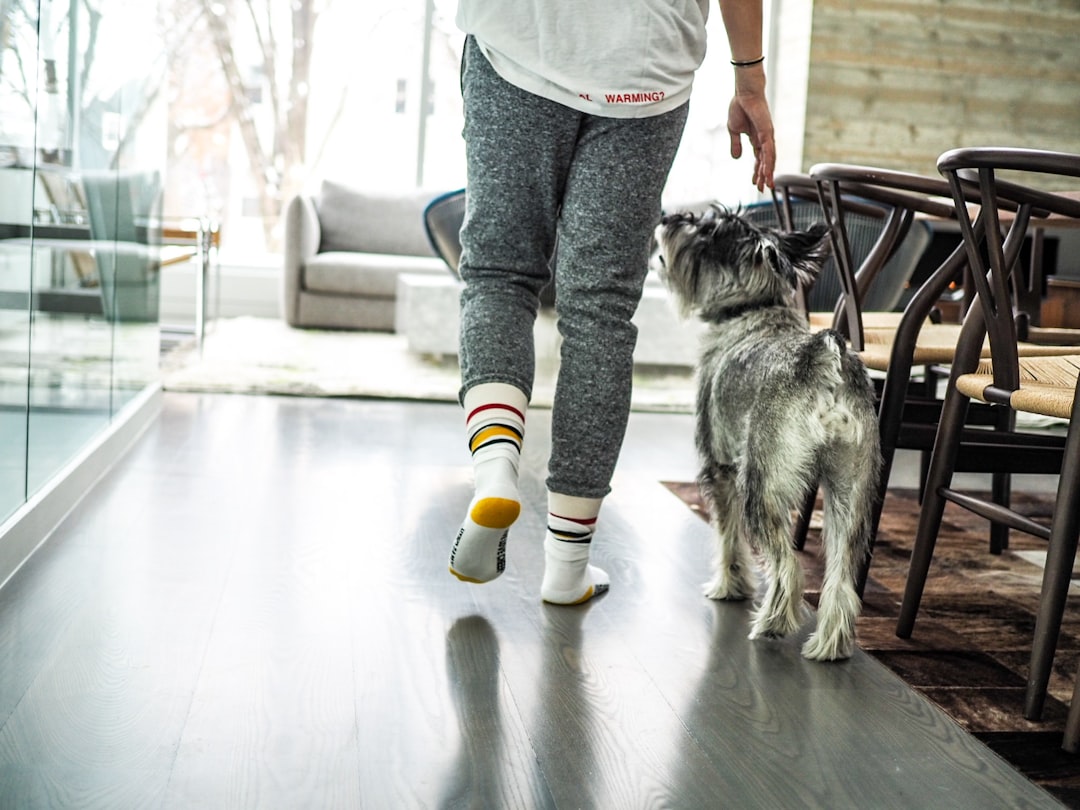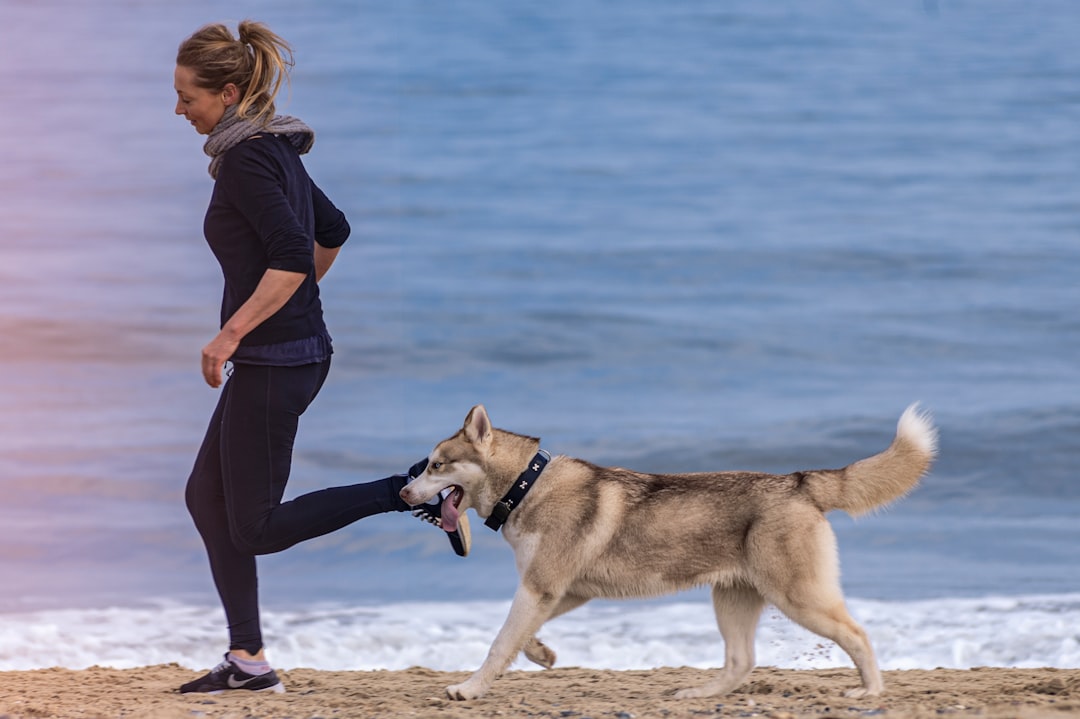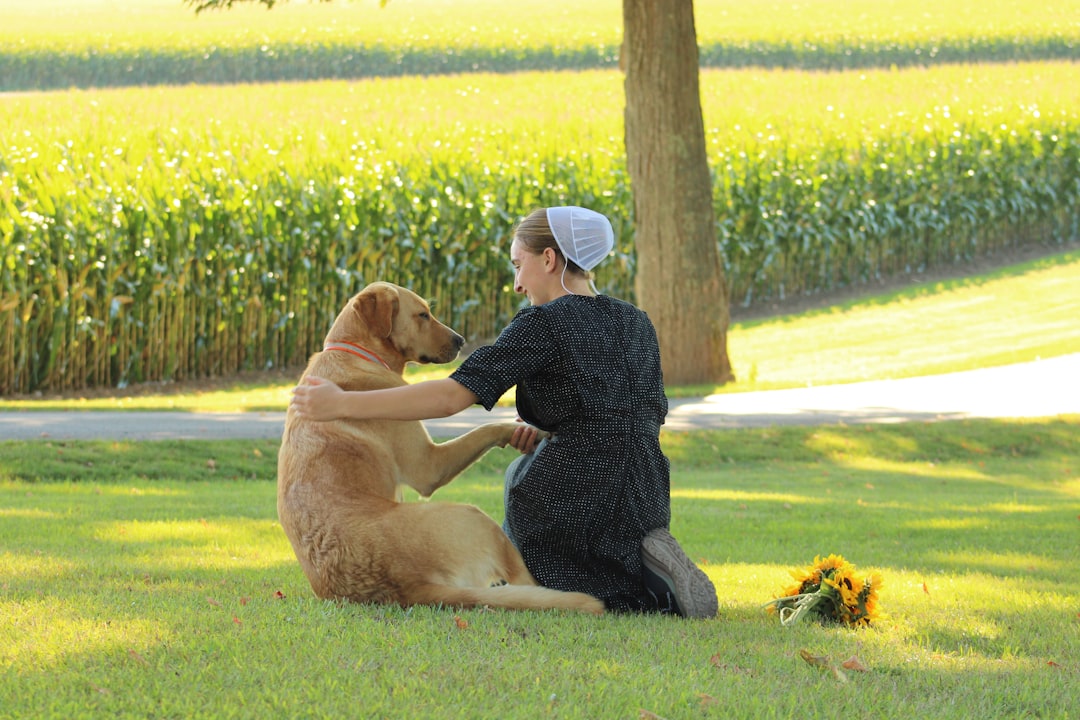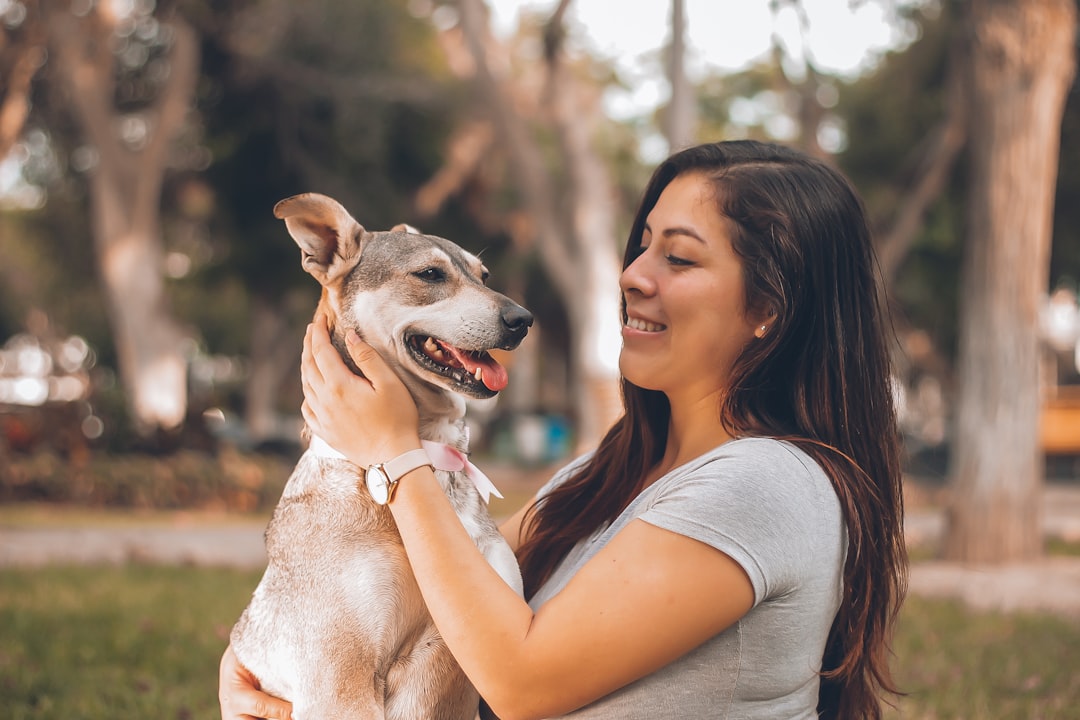Your dog may not shed actual tears when they’re hurting emotionally, but the pain is absolutely real. Research suggests dogs have complex emotional capabilities, though comparisons to human developmental stages vary among studies. Dogs can experience excitement and joy, as well as sadness, anger, fear, love, and distress, which sets them up for a broken heart. They have the emotions to understand what it feels like to be connected to someone and then the loss that comes when that someone dies. This deep emotional connection is what makes our bonds so beautiful yet also so fragile.
The heartbreaking truth is that our daily choices can either nurture their emotional wellbeing or create stress that manifests in ways we might not recognize. Veterinary research indicates that while dogs don’t technically die directly from heartbreak, the cascade of physical effects from severe emotional distress can lead to serious health complications. The stress response in dogs can trigger various physiological changes that may exacerbate existing health conditions or create new ones. Ready to learn how to keep your best friend’s heart whole and healthy? Let’s dive in.
Don’t Ignore Their Separation Anxiety Cries

Usually, right after a guardian leaves a dog with separation anxiety, the dog will begin barking and displaying other distress behaviors within a short time after being left alone – often within minutes. What sounds like attention-seeking behavior is actually your dog’s emotional distress signal, similar to having a panic attack.
According to Patricia McConnell, Ph.D. a Certified Applied Animal Behaviorist, although we can’t know for sure what’s in a dog’s mind, we can think of separation anxiety as the equivalent of a panic attack. The destruction, excessive barking, or accidents you come home to aren’t acts of revenge. When a dog’s problems are accompanied by other distress behaviors, such as drooling and showing anxiety when his pet parents prepare to leave the house, they aren’t evidence that the dog isn’t house trained or doesn’t know which toys are his to chew. Instead, they are indications that the dog has separation anxiety.
The key to healing your dog’s separation distress lies in gradual training. The best way to help a dog with separation anxiety is to permanently change their perception of what being alone means, one second at a time. A dog trainer or a veterinary behaviorist will be your best resource in creating a behavior modification program that suits your dog’s needs.
Stop Disrupting Their Sacred Routines

Dogs are creatures of habit and thrive on predictability and structure. Feeding times, exercise times, playtimes, and sleep times are all part of a routine. When you constantly shift meal times, randomly skip walks, or drastically alter bedtime schedules, you’re essentially pulling the rug out from under their emotional stability.
Dogs who are struggling to adjust to routine changes may become stressed or anxious. This stress can manifest in a variety of ways, such as destructive behavior, pacing, or restlessness. Think about how unsettling it feels when your own schedule gets completely scrambled. Now imagine experiencing that confusion without understanding why it’s happening.
The solution is creating gradual transitions. If you know that you’ll need to significantly change your dog’s routine, it’s best to slowly introduce those changes to help your dog adapt. For example, if you typically walk your dog in the mornings but have to change to evening walks, slowly shift the time of day you walk your dog. Making this time shift over a series of days or weeks, pushing their walk back by small periods of time, will help your dog be more comfortable with a new schedule.
Avoid Creating Physical or Mental Boredom

Dogs need both physical and mental stimulation. A bored dog can often lead to a stressed, unfulfilled dog – especially in working breeds. A dog without a job or purpose can lead to them coming up with their own “work” which often includes destructive habits or compulsive behaviors, like excessive chewing or digging.
When your dog lacks proper enrichment, they’re not just idle, they’re emotionally starving. In addition to burning off excess energy, regular exercise releases endorphins, which reduce anxiety and stress in dogs. Mental stimulation is equally crucial because it gives their brilliant minds something positive to focus on rather than dwelling on stress or loneliness.
The fix is surprisingly simple yet transformative. Tiring out your dog physically and mentally is the best tool you have for treating separation anxiety, says Lindsay Hamrick, a certified professional dog trainer and director of shelter outreach and engagement at the Humane Society of the United States. Take your dog on a long walk – trying out new routes and allowing lots of sniffing – and then bring out puzzle toys, long-lasting treats (such as a stuffed, frozen Kong or a frisbee smeared with peanut butter) or other enrichment before you leave.
Never Punish Emotional Distress Behaviors

Never punish your dog for separation anxiety behaviors; punishment isn’t effective for treating separation anxiety and can instead increase anxiety. Separation anxiety isn’t the result of disobedience or lack of training. Yet countless dog owners make this heartbreaking mistake, scolding their dogs for accidents or destruction that happened while they were gone.
First and foremost, never punish your dog for things they do because of their anxiety. “This will not make a difference in their anxiety,” Grottini says, “it will only make them fear you.” When you punish anxiety-driven behaviors, you’re essentially punishing your dog for feeling scared or overwhelmed, which only compounds their emotional distress.
Instead, focus on staying calm and addressing the root cause. When you remain calm in how you respond to stressful situations, this shows a dog that they can rely on you. Understanding that destructive behaviors stem from emotional pain rather than defiance helps you respond with compassion rather than frustration.
Don’t Overlook Their Body Language Pleas for Help

They tend to wear their emotions on their furry sleeves, so if you notice flattened ears, a tucked tail, downcast eyes and a low bent neck – you are looking at one upset pooch! Other signs that your dog is frightened, sad, anxious or distressed include shaking, hiding, burrowing and clingy behavior.
Your dog is constantly communicating their emotional state through subtle signals that are easy to miss if you’re not paying attention. Signs of a stressed or upset dog include flattened ears, a tucked tail, a low bent neck, and downcast eyes. Shaking, hiding, pacing, and panting can also indicate that your dog is scared, anxious, or emotionally distressed.
If your chow hound suddenly begins to turn up his nose at his kibble, he could be suffering from depression or anxiety. Acting more hungry and begging for additional treats could also be a sign of boredom or an emotional disorder. Changes in appetite, sleep patterns, or normal behaviors are your dog’s way of telling you their heart is hurting.
Stop Making Departures and Arrivals Emotionally Charged Events

While Hamrick doesn’t recommend ignoring your pet, she says you should “keep your departures and your return home as chill as possible” to avoid reinforcing your pet’s anxiety with your own. Those dramatic goodbyes and ecstatic reunions might feel loving, but they’re actually intensifying your dog’s emotional roller coaster.
Don’t make a big fuss when you leave or come back to your dog. They can predict when we’re about to leave them, by spotting subtle cues and signals we’re giving out. If we make a big fuss of them when we return, we make it even more rewarding. Instead, greet them calmly once you’ve got indoors and have put your keys away. If we make leaving and returning less of an event, it can help dogs to feel more relaxed.
Think of it this way: every time you create a huge emotional peak when you leave or return, you’re teaching your dog that your absence should be a source of intense distress. They may start to get nervous when they see signs you’re about to leave, like putting on your shoes or picking up your keys. So do those things, but then don’t leave. Practice putting on your coat, grabbing your keys, then sitting back down to watch television, helping them realize these actions don’t always mean abandonment.
Conclusion

Never underestimate your dog’s ability to feel and express emotional pain and distress. The depth of their love for us is what makes them so incredibly endearing; but it can also cause them heartache when they are feeling lonely or neglected. Understanding this emotional depth is the first step toward becoming the guardian needs.
The beautiful truth is that preventing canine heartbreak doesn’t require expensive equipment or complicated training protocols. It requires attention, empathy, and consistency in your daily interactions. Your dog’s emotional wellbeing rests in the small, everyday choices you make, from respecting their need for routine to recognizing when their behavior is a cry for help rather than defiance.
What surprised you most about your dog’s emotional needs? Share your thoughts in the comments and help other dog parents learn how to better protect their furry family members’ hearts.

Gargi from India has a Masters in History, and a Bachelor of Education. An animal lover, she is keen on crafting stories and creating content while pursuing a career in education.






